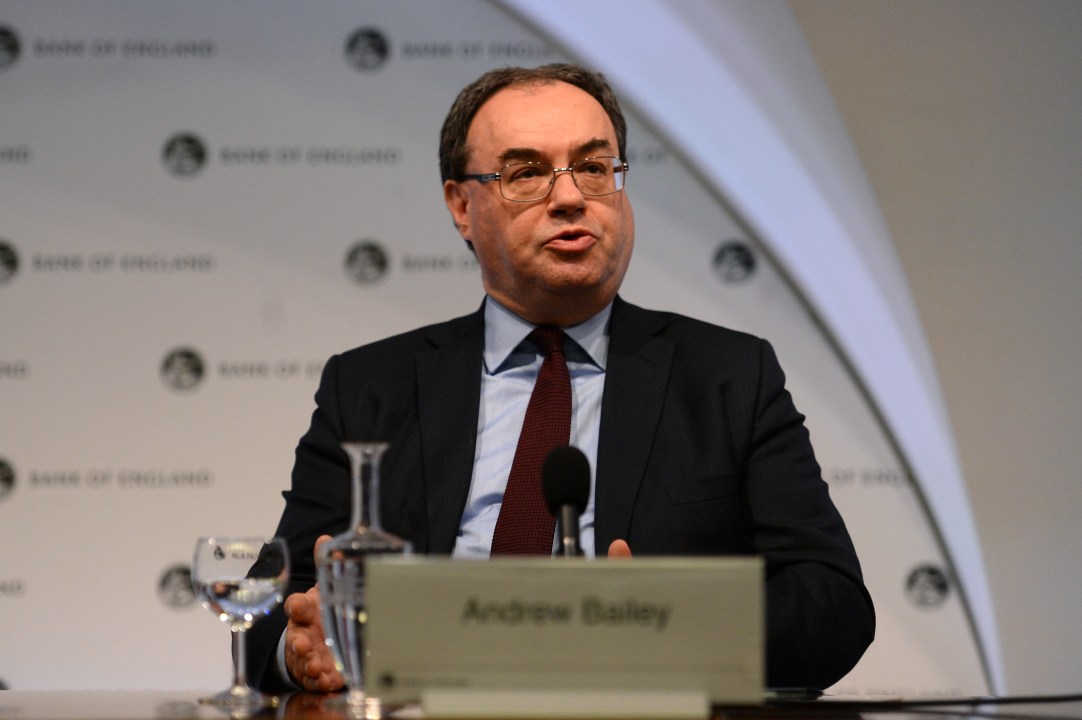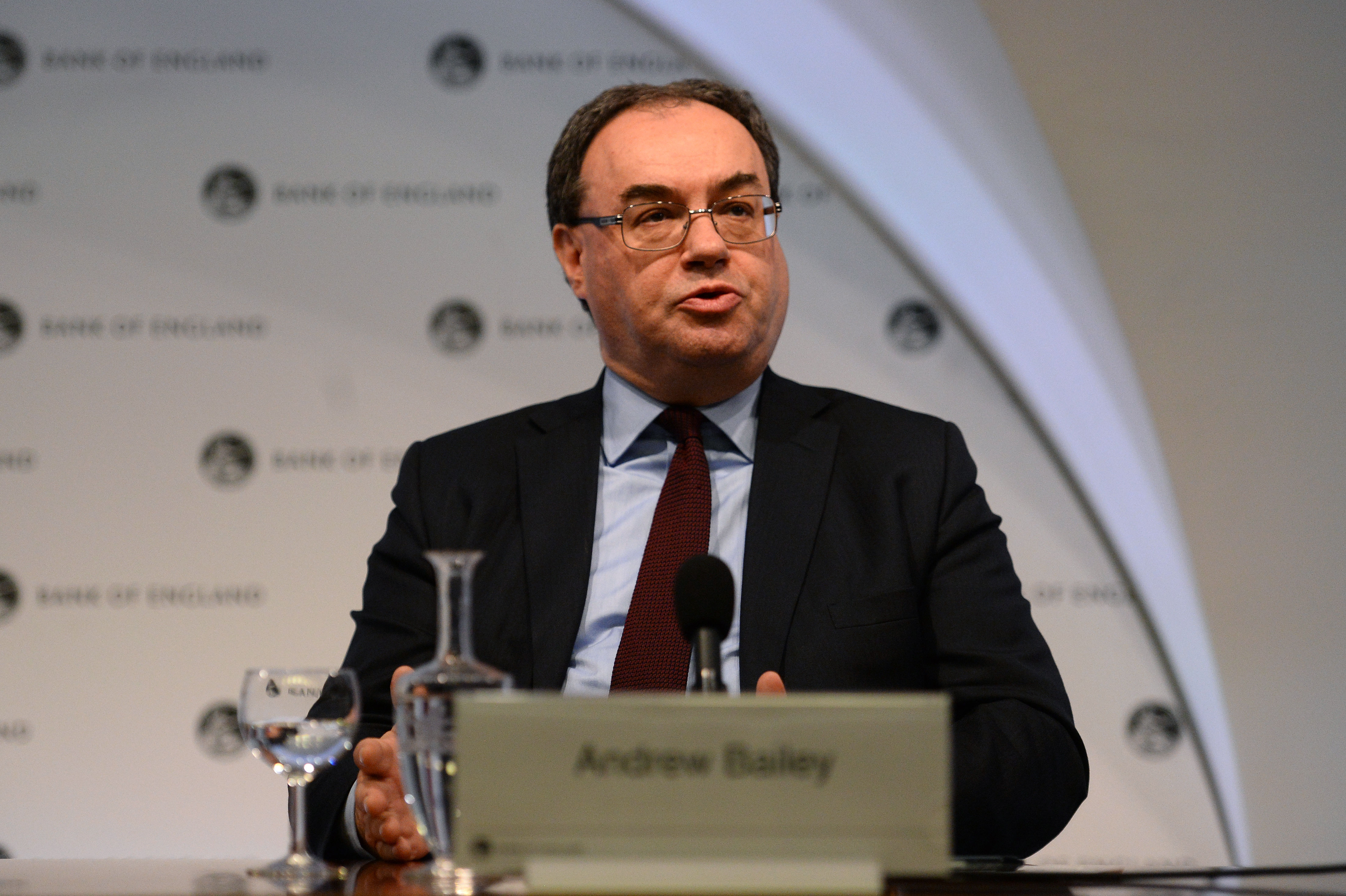Amid the panic over the Indian variant this week it would have been easy to miss news that the Consumer Prices Index (CPI) more than doubled in a month, from 0.7 per cent in March to 1.5 per cent in April. That is still below the Bank of England’s 2.0 per cent target, but could this be just the beginning? The signs from this month’s Purchasing Managers’ Index (PMI) – a survey of businesses carried out by IHS Markit – suggests strong inflationary pressures. Its index for inflation expectations has soared to 58 this month – with anything above 50 indicating that businesses expect inflation to rise. It is higher than the 57 reached in 2008 – when, within months, CPI hit five per cent. Through the past 15 years inflationary expectations in the PMI have tended closely to lead the CPI fairly closely.
Inflation is rising because the economy is recovering strongly. A wave of savings and of extra money pumped into the economy via quantitative easing is washing up against an economy where supply of goods and services is still constrained. For example, not all pubs have reopened and those which have can’t take as many drinkers and diners as they used to – yet they are catering for a public which seems extremely keen to spend some of savings accrued throughout the pandemic on socialising. Too much money chasing too few goods and services: the only result will be inflation.
The PMI indicates just how strong the recovery seems to be. For the economy as a whole, the PMI for May stands at 62.0, up from 60.7 (again where anything over 50 indicates expansion). This is the highest recorded in the 23 years of the index. The recovery seems to be even stronger for manufacturing (66.1) than it does for services (61.8). The index suggests, too, that employment growth is the strongest it has been since 2015. This comes at a time when many migrant workers have returned to their home country, as a result of either the pandemic or of Brexit. Moreover, the furlough scheme is keeping people out of the jobs market when, in reality, their old jobs possibly no longer exist.
The data looks to be consistent with the upgrading of the Bank of England’s forecast for 2021 earlier this month – it now sees growth of 7.25 per cent rather than the five per cent it forecast in February. The Bank did, however, simultaneously reduce its forecast for 2022 by a similar amount. That could well be the story of the next couple of years: rapid economic boom as Covid restrictions are lifted, followed by a slowdown as inflation begins to bite and interest rates start to rise.








Comments